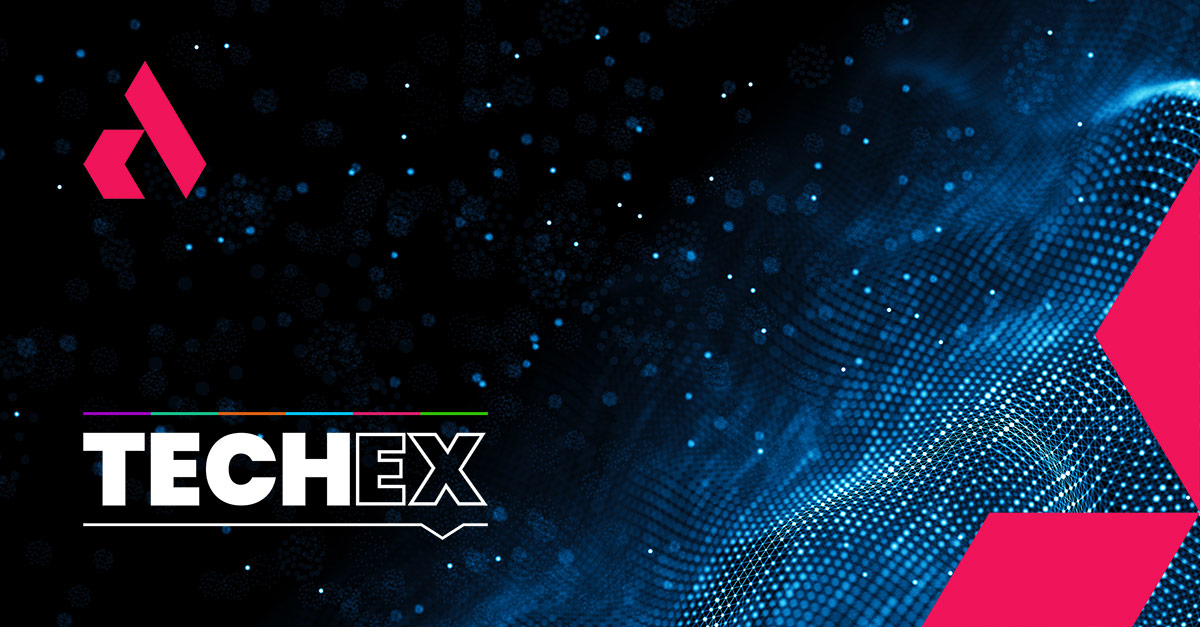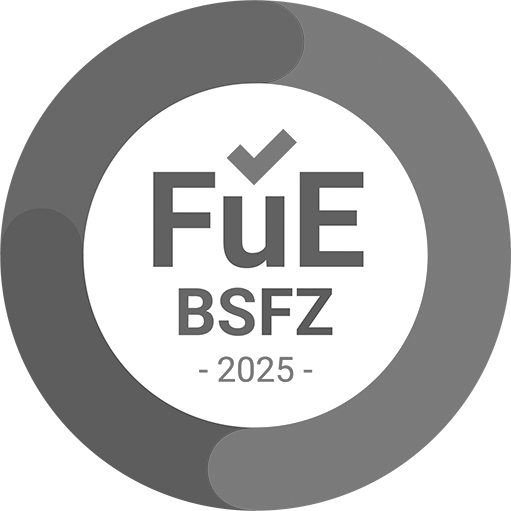Revolutionizing Alarm Control with Azure IoT & LoRaWAN – Axelsson Delivers Solution for Remote Facility Alarm Management
In the rapidly evolving digital landscape, our team’s latest venture marks a significant leap in facility monitoring and management. We have successfully implemented an advanced IoT Azure solution for one of our new clients in the US, transforming the way alarms and procedures are handled in real-time across various facilities, including manufacturing sites and schools. This solution exemplifies the synergy between innovative technology and practical application, positioning it at the forefront of #digitalinnovation and #IoTdeployment.
Our solution leverages the power of LoRaWAN IoT and an event-driven, serverless cloud-native architecture in Azure, enabling remote control and monitoring of alarm procedures like never before. The integration of Azure Functions for alarm message processing, combined with Azure SignalR/web socket for real-time alert updates and SMS text notifications, ensures immediate response during critical situations. The solution boasts a React-based user interface, designed with multiple feature layers that provide different views and access levels based on user roles. This includes color-coded overlays on facility maps for comprehensive alarm management.
Understanding the critical nature of potential alarms, our system’s architecture is built for immediate action. We’ve ensured high availability and minimal latency by implementing primary and secondary Azure regions with automated disaster recovery for seamless regional failover using Azure Traffic Manager and Azure Automation runbooks. Our robust cloud infrastructure, deployed as Infrastructure as Code (IaC) with Azure DevOps, features continuous data replication across regions, ensuring reliability and rapid response capabilities.
Furthermore, our advanced cloud-to-device communication solution utilizes The Things Industries’ The Things Stack, directing instructions to LoRa Type-C relay devices, enabling effective real-time onsite action depending on the type of alarm triggered. This sophisticated setup enables the activation or deactivation of specific output channels, triggering the necessary responses at the remote sites.
The first phase of the solution has already been deployed at a first pilot biodiesel manufacturing plant, and our team is now immersed in the second phase of this project, focusing on integrating a full edge computing offline mode. This upcoming feature, making full use of Azure IoT Edge runtime and Azure IoT Hub for centrally managed device management and twin edge module deployments, and based on The Things Stack Azure IoT custom edge modules for enabling device message processing at the edge offline, is a testament to our commitment to continuous innovation and technological excellence.
We are thrilled about the advancements our team is making in IoT solutions. As we progress with our edge computing use cases, we invite our readers to stay tuned for further upcoming news posts and case studies that will delve deeper into our innovative approach and the impactful solutions we are proud to deliver.





